
Are you looking for a different kind of vacation? Why not check out the national parks of different countries? National parks are protected lands managed by the governments. They are the stage on which Mother Nature is the star. Some parks have archaeological areas as the scenic backdrop while others have volcanoes, snow-capped peaks, and water as the main attraction. Try these for a different kind of vacation.
Advertisement
1. Kruger National Park
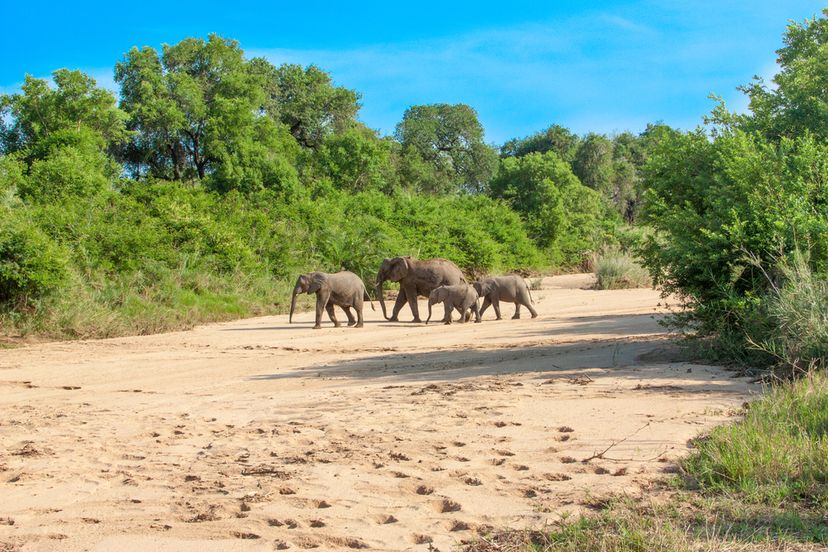
In 1926, South Africa established Kruger National Park, the largest game preserve in Africa. It covers almost 8,000 square miles. The park includes some exotic flora but the animals are the stars of the show. Elephant, zebra, rhinoceros, cheetah, giraffe, leopards, hippos, and buffalo can be seen through webcams set up in the park.
2. Kakadu National Park
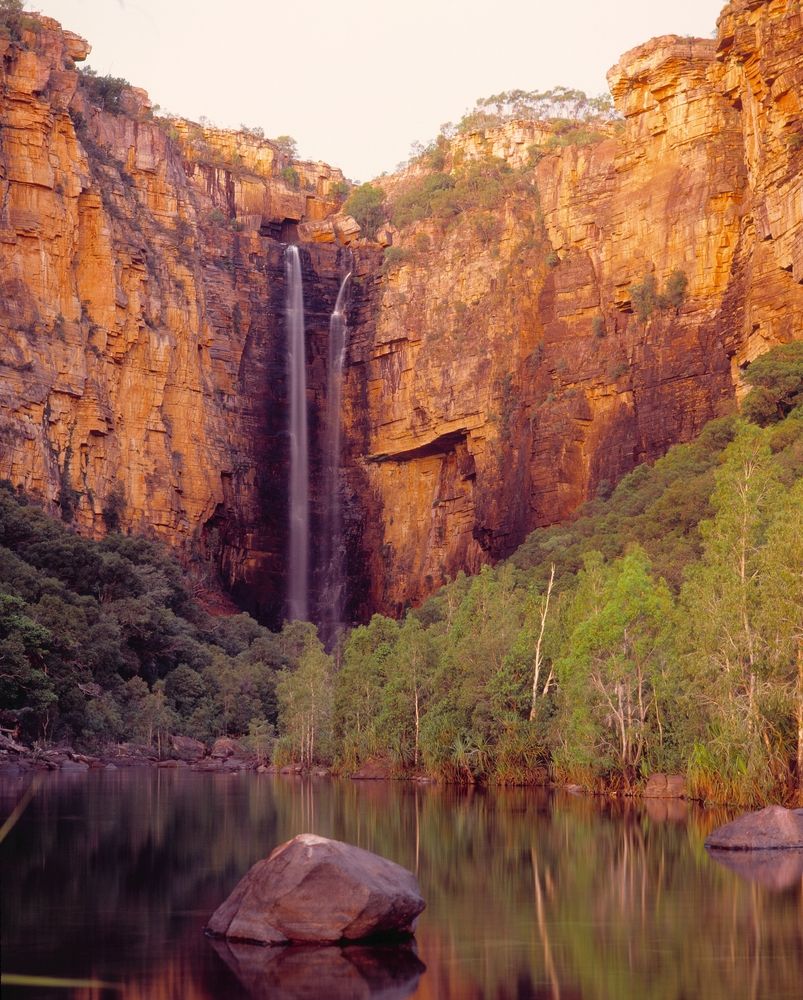
Covering almost 8,000 square miles, Kakadu National Park is located in the northern territory of Australia. The stone country, outliers, lowlands, southern hills and basins, floodplains, and the tidal are what Australians call landforms. In each is flora and fauna that thrive best in its surroundings. Don’t miss Jim Jim Falls, the largest waterfall in the park.
3. Tikal National Park
In May of 1955, Guatemala established Tikal National Park, which stretches over 200 square miles. It was the first protected property in Guatemala. Tikal was once the capital of the most powerful of ancient Maya kingdoms. On this vacation, the ancient ruins and archaeological finds will be the stars of the show. Some find date back to 400 BCE.
4. Lake District National Park
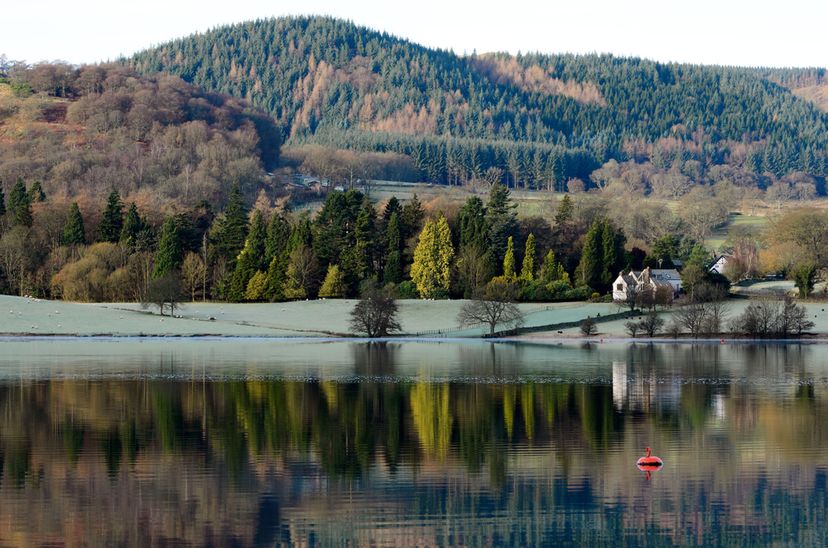
England christened the Lake District as a national park in 1951 to keep commerce from destroying its pristine landscape. It has nearly 900 square miles of lakes and mountains to enjoy and photograph. Their mountains are called fells and their lakes are called meres, waters or tarns. It is home to the wild fell pony as well as many squirrels, fish, and birds.
Advertisement
5. Machu Picchu
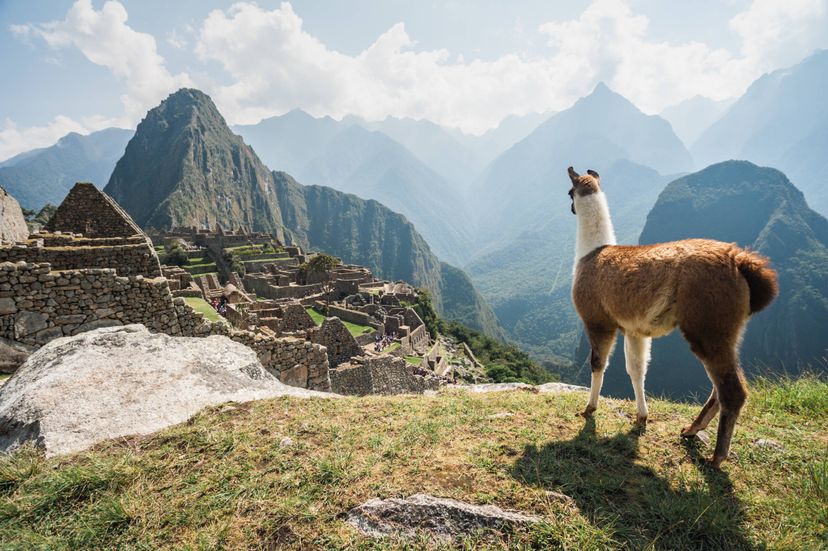
The Incans built Machu Picchu in the mid-1400s for their emperor in Peru. When the Spanish conquest happened, they missed this area. Its ruins are a major archaeological find and form the basis of many vacations to the area.
6. Galapagos Islands
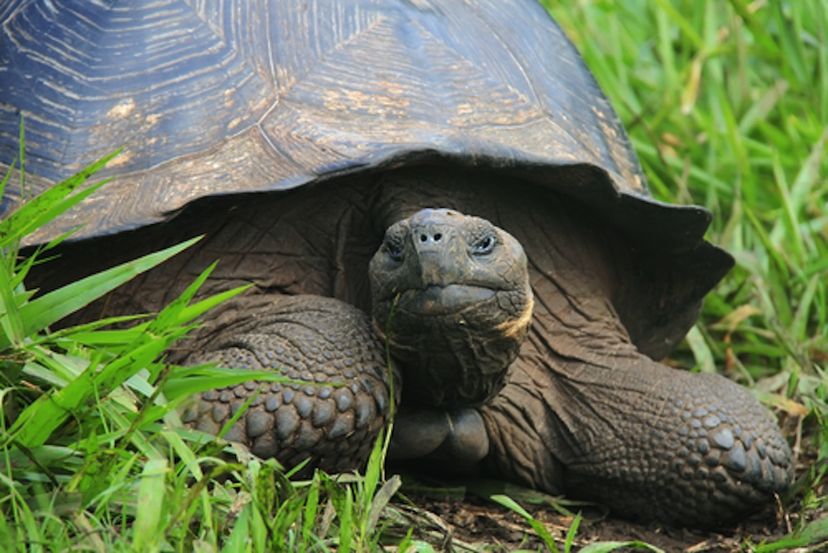
The Galapagos Islands form an archipelago on either side of the equator around 500 miles off Ecuador. The islands are an Ecuadorian province. Known for their turtles, which Charles Darwin documented when he sailed on the Beagle, their other marine life is huge. You should see the size of the iguanas and the crabs.
7. Fiordland National Park
Waterfalls are beautiful, but if you want Mother Nature at its best, check out the glacier-formed fjord. Milford Sound will be found in the national park located at the southwestern tip of New Zealand’s south island. Glaciers were at work here, carving out valleys between mountains and leaving off-shore islands to be discovered.
8. Banff
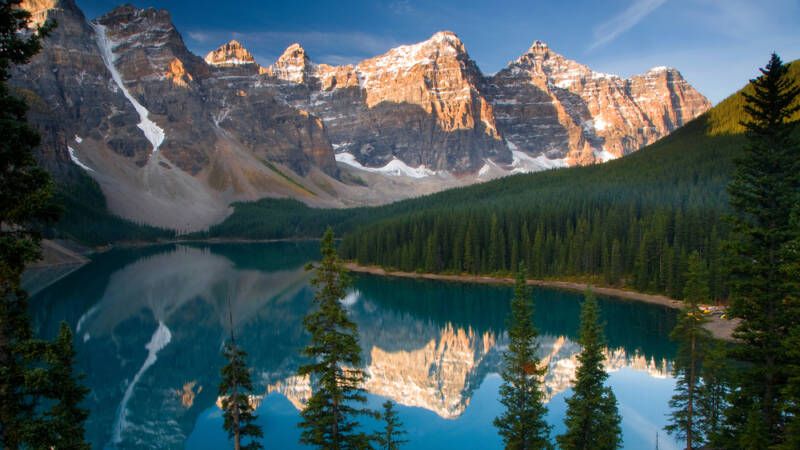
If you don’t want to travel across the pond to see a national park, there is one closer. Banff is located in the Canadian Rockies. Skiing is the keyword here, but there are mountains to hike and bike as well as fine dining.
9. Canaima National Park
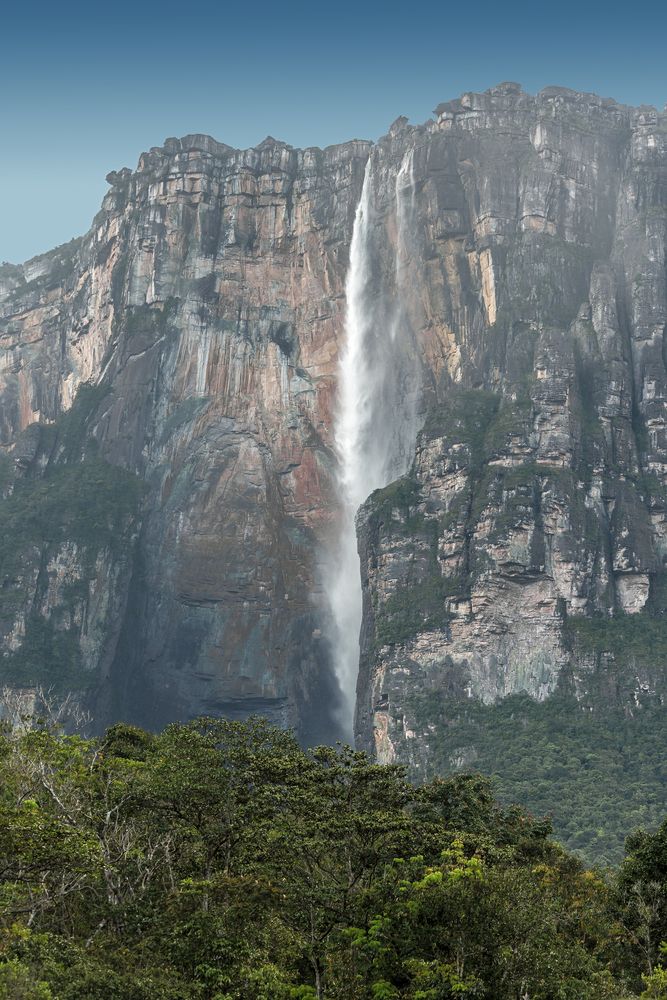
Venezuela has waterfalls, too, the tallest in the world, Angel Falls, clocking in at one half mile high. Hike the massive rock plateau that covers much of the park and enjoy the stunning flora and fauna.
Advertisement
10. Yellowstone National Park
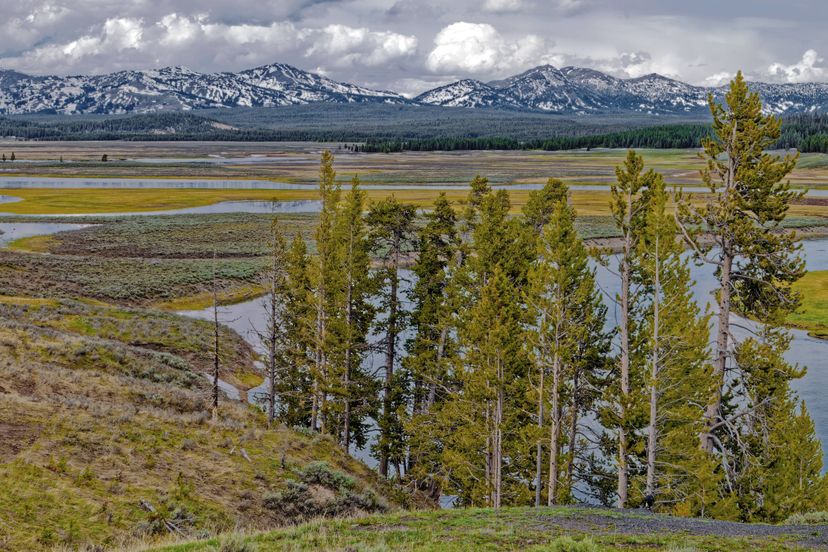
Americans don’t have to leave their backyard to see a beautiful national park. Yellowstone is spread over parts of three states and includes Old Faithful, Mammoth Hot Springs, and the Grand Canyon of the Yellowstone.
Mother Nature can take your breath away. Some forms of beauty are simply more than words can convey. After trying the rides in amusement parks and seeing museums and the nation’s capital, try a natural vacation. Experience the majesty and thrill of nature. And don’t forget your camera.
Advertisement